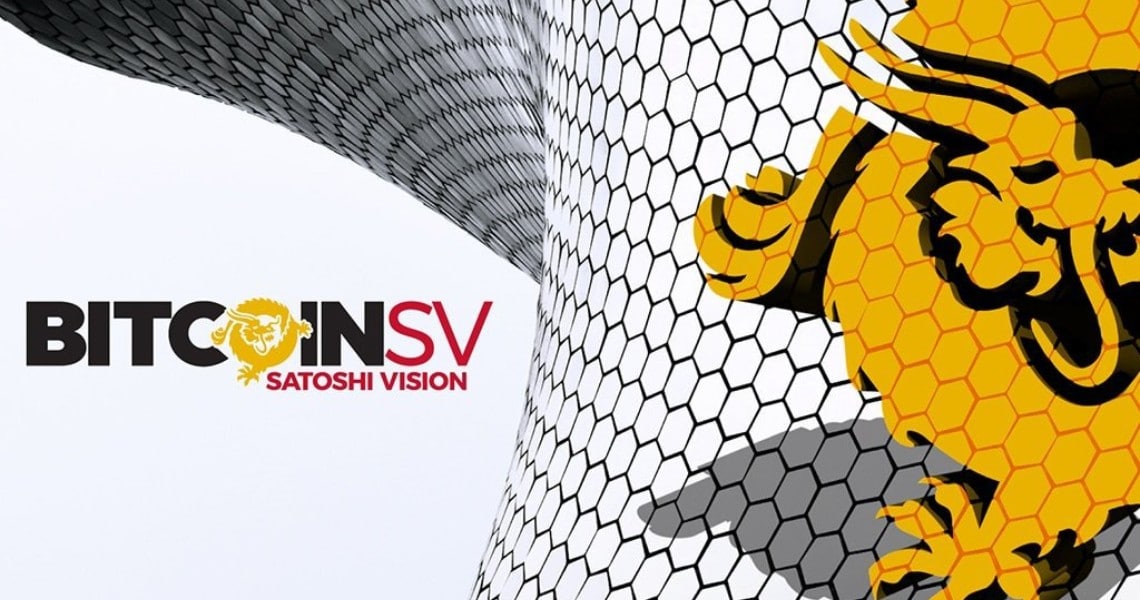There is still a dilemma that affects the professionals in the world of information: should they give space or not to the news related to the controversies of Bitcoin SV, be it technical or sensational?
The relevance of a project like BSV and its ability to impose itself on the community depends on many factors. On the other hand, the decision to avoid it and deny BSV visibility is a simple choice driven by individuals: to prevent its growth.
The “deus ex machina” character of the BSV project has made it possible for paradoxes linked to the cryptocurrency world to manifest themselves. Its irascible exuberance and unparalleled knowledge have unleashed the antipathies of many.
But the most serious of all was having touched the faith in Satoshi Nakamoto. The mystification and deification of the character are fundamental in the creation of a movement that needs to dehumanize its designer architect in order to build a mythological figure to refer to.
Wright’s attempt to be considered the sole creator of the white paper has unleashed a media inferno. It is very likely that his figure was very close to Bitcoin and the close group of people who saw BTC take his first steps in the early days, but that he is the only one hiding behind the pseudonym, is highly questioned by many.
Craig Wright’s overweening ego certainly doesn’t fit that part of the movement that started with cypherpunk and anarchist ideals. Not to mention the now well-known willingness of the BSV network participants not to fight with governments, but to favour a legal integration of this technology.
Bitcoin SV and the controversial position of some exchanges
While on the one hand, we have the great ideals of disintermediation and decentralization that push the sector to improve itself through the creation of better ways to trade such as decentralized exchanges, atomic swaps and cross-chain communications. On the other hand, we are witnessing the choices of the great systemic actors that are completely sectarian, in what boasts to be the era of decentralization.
- Coinbase;
- Binance;
- ShapeShift;
- Kraken;
- bitFlyer.
While Coinbase has allowed its users to withdraw BSV generated from the fork, others like bitFlyer have preferred to liquidate in fiat without allowing their customers to have access to their crypto. Kraken, Binance and ShapeShift have instead chosen to prevent the trading on their platforms of what they consider a toxic project.
Ripple (XRP) is a project at odds with the principles of the public blockchain, yet it is listed on all these platforms, while a bitcoin fork that has characteristics quite similar to the code from which it all started, is not.
Now that Bitcoin SV has climbed the rankings to fourth place and is now settling in fifth, how will it be considered by the big exchanges that have excluded it?
Applying libertarian thinking, however, requires respecting the choices of private companies, which do not have to align with anyone’s thinking, let alone that of CW.
It should not be forgotten that the problems of access to BSV by a large number of inexperienced users and the lack of major exchanges on which to trade this asset may have fostered price growth.
The scarcity of BSV is also due to a large number of coins not yet moved by their owners for technical reasons. Certainly, though, the big whales and the more aware players who move the market have already made their moves.
The dominant narrative of BSV
The price is definitely a big growth factor that triggers searches, BSV and Bitcoin SV have taken a surge on Google Trends (BSV in red and Bitcoin SV in blue).

The following are just some of the themes dear to the narrative of those who follow the project closely:
- Going back to the origins of the bitcoin code before the many interventions applied by the core team;
- Removal of the 1MB limit to the block size, which was inserted for security reasons when the network was smaller;
- On-chain scaling without limits, on-chain micropayments;
- Privacy does not mean anonymity;
- No changes to the basic protocol to allow companies to develop services on top without having to constantly modify their applications to update to code changes;
- No transaction is SPAM, anything that pays a fee can enter the block;
- Hashing power enforces the rules: if you don’t mine, you don’t decide.
The undesirable effects that worry the community are due to the huge growth of some mining farms, which may not be sufficiently distributed to ensure the trustlessness of the project. The ability to resist an attack is inversely proportional to the decentralization of the network.
However, the practical levels of the decentralization necessary to guarantee security are a source of conflict between the communities.
The personal opinions and the dynamics that have emerged from them are the litmus test of a very small and immature market that will clash with market forces far more devastating than those moved by these minor confrontations.
Adoption will come via competition based on usability and economic fundamentals in support of projects, certainly not on what will or will not be listed on exchanges.
For now, BSV has moved more with the gut rather than technology, but the fact remains that its economic model is bringing many transactions and some interesting applications to its blockchain.
Although of low economic value, BSV is second only to Ripple and Ethereum in the number of daily transactions and has very low usage costs.

The question is: what is the Bitcoin SV blockchain sacrificing of the famous Buterin trilemma? Will it be able to resist attacks while maintaining the resilience necessary to rely on it?



